
Copper, iron, bauxite facing major ESG challenges
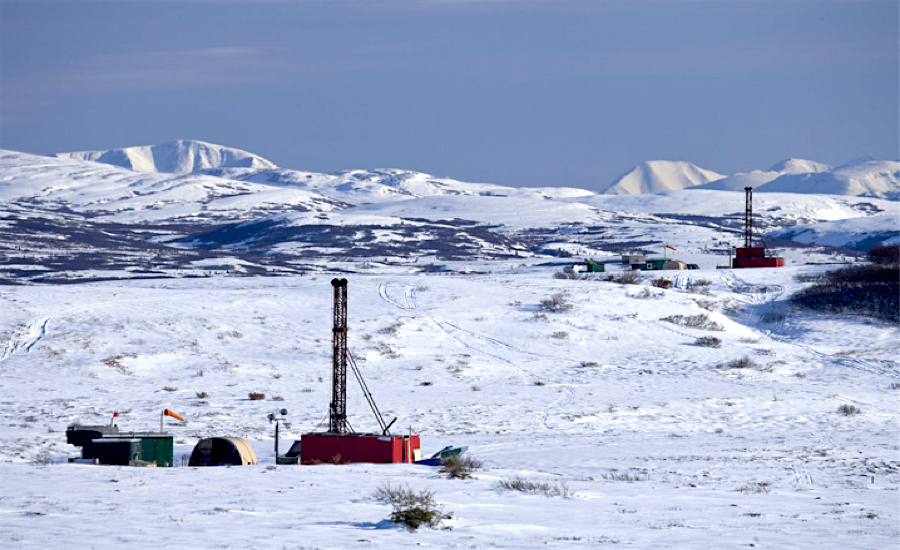
To reach such a conclusion, the scientists designed a matrix to assess the environmental, social and governance context of more than 600 individual copper, iron and bauxite orebodies.
They judged each orebody against eight risks: waste, water, biodiversity, land uses, indigenous peoples, social vulnerability, political fragility, and approval and permitting.
Iron, copper and bauxite represent 95% of all industrial metals produced annually. Demand is expected to double, if not triple, by 2050
“The majority of the 296 copper orebodies, 324 iron orebodies and 50 bauxite orebodies we examined are in complex ESG contexts which could either prevent, delay or disrupt mining operations,” Eléonore Lèbre, one of the researchers involved in the project, said in a media statement.
Orebodies were categorized as complex when more than one risk category was identified for it.
In their findings, the researchers noticed that each of the three metals vary in their risks because they are being mined in different areas of the globe and in different orebody types.
For example, iron orebodies show a mix of low and high risks, with the high-risk orebodies generally characterized by social vulnerability, political fragility, and approval and permitting challenges.
Similarly, copper orebodies are evenly distributed but water and waste risks are prevalent, with 65 per cent of orebodies located in regions with medium to extremely high water risk.
Bauxite, on the other hand, is the worst-performing of the three commodities with almost all orebodies located in high-risk contexts.
For Lèbre, ESG risk will become more frequent if there isn’t major innovation in project design and development. “Even now numerous mining projects stall or are abandoned due to materialised ESG risk,” she said.
The scientist and her team hope that their methodology is used by governments at the approval stage of new mining projects, and by investors or multinational mining companies looking to de-risk their projects.


Glencore seeks $13 billion in incentives for Argentina copper projects
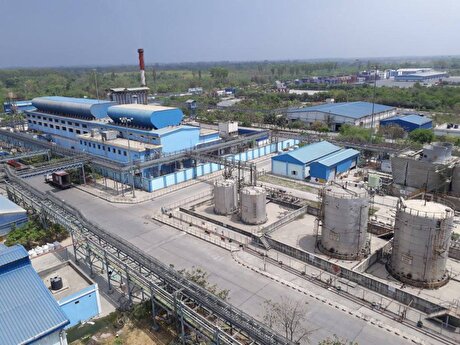
Hindustan Zinc to invest $438 million to build reprocessing plant
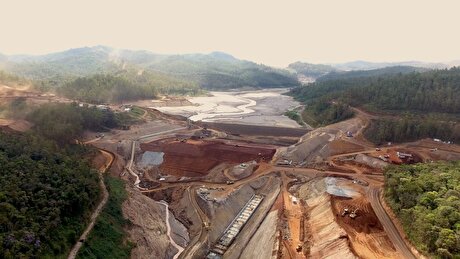
Samarco gets court approval to exit bankruptcy proceedings
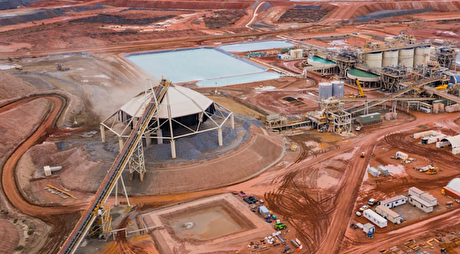
Gold Fields nears $2.4B Gold Road takeover ahead of vote

Metal markets hold steady as Trump-Putin meeting begins

Explaining the iron ore grade shift

Gold price edges up as market awaits Fed minutes, Powell speech

Glencore trader who led ill-fated battery recycling push to exit

Trump to offer Russia access to minerals for peace in Ukraine

Nevada army depot to serve as base for first US strategic minerals stockpile

Emirates Global Aluminium unit to exit Guinea after mine seized

Tailings could meet much of US critical mineral demand – study

Codelco cuts 2025 copper forecast after El Teniente mine collapse
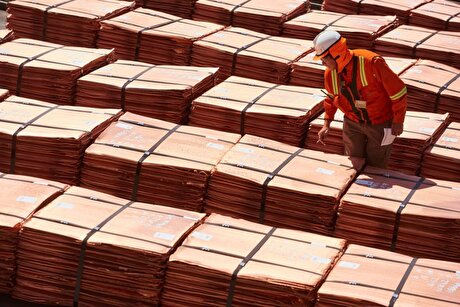
Glencore targets 1Mt of copper in Argentina over coming decade

Viridis unveils 200Mt initial reserve for Brazil rare earth project

SQM boosts lithium supply plans as prices flick higher

Abcourt readies Sleeping Giant mill to pour first gold since 2014

Roshel, Swebor partner to produce ballistic-grade steel in Canada

EverMetal launches US-based critical metals recycling platform

Nevada army depot to serve as base for first US strategic minerals stockpile

Tailings could meet much of US critical mineral demand – study

Codelco cuts 2025 copper forecast after El Teniente mine collapse

Glencore targets 1Mt of copper in Argentina over coming decade

Viridis unveils 200Mt initial reserve for Brazil rare earth project

SQM boosts lithium supply plans as prices flick higher

Abcourt readies Sleeping Giant mill to pour first gold since 2014

EverMetal launches US-based critical metals recycling platform

Iron ore price dips on China blast furnace cuts, US trade restrictions














